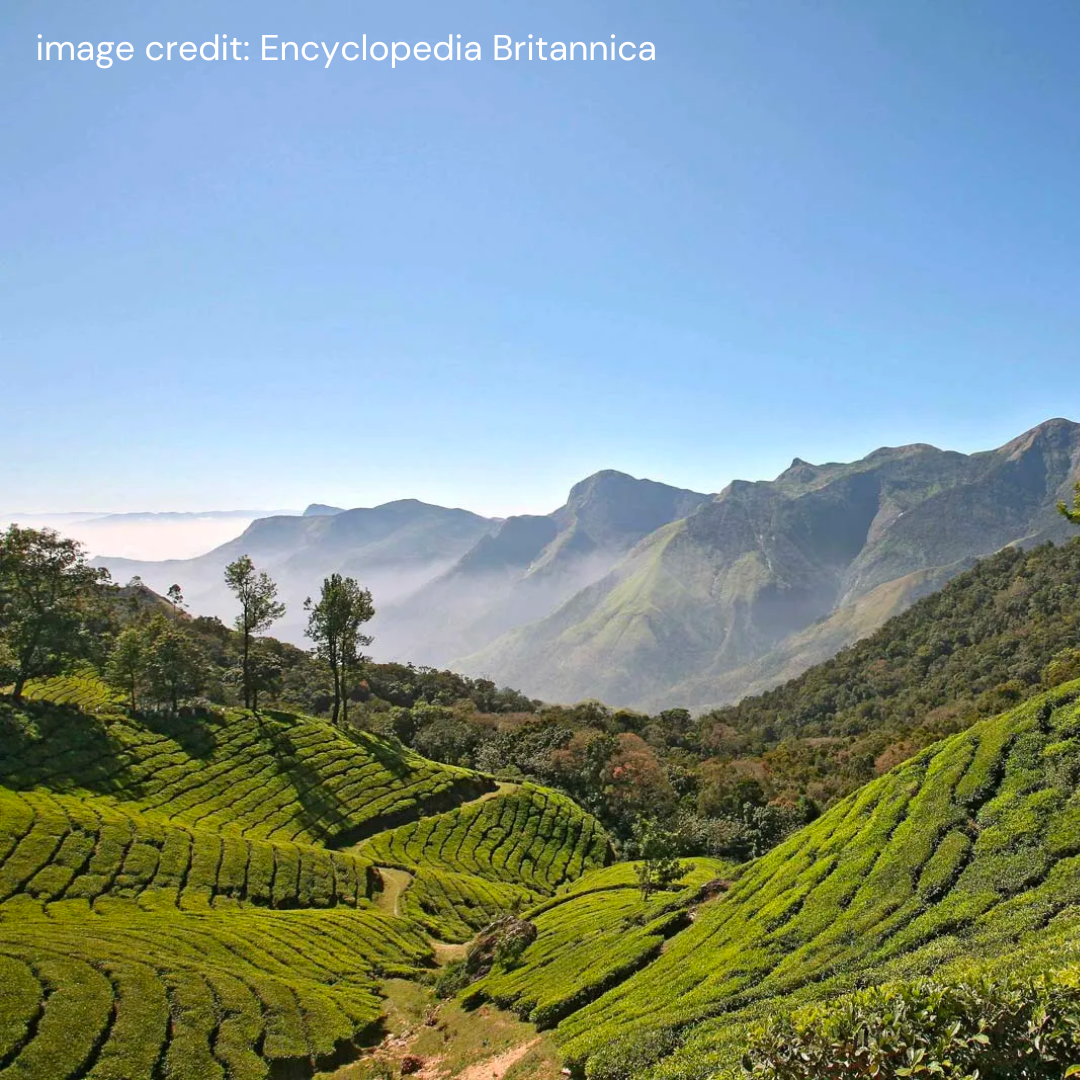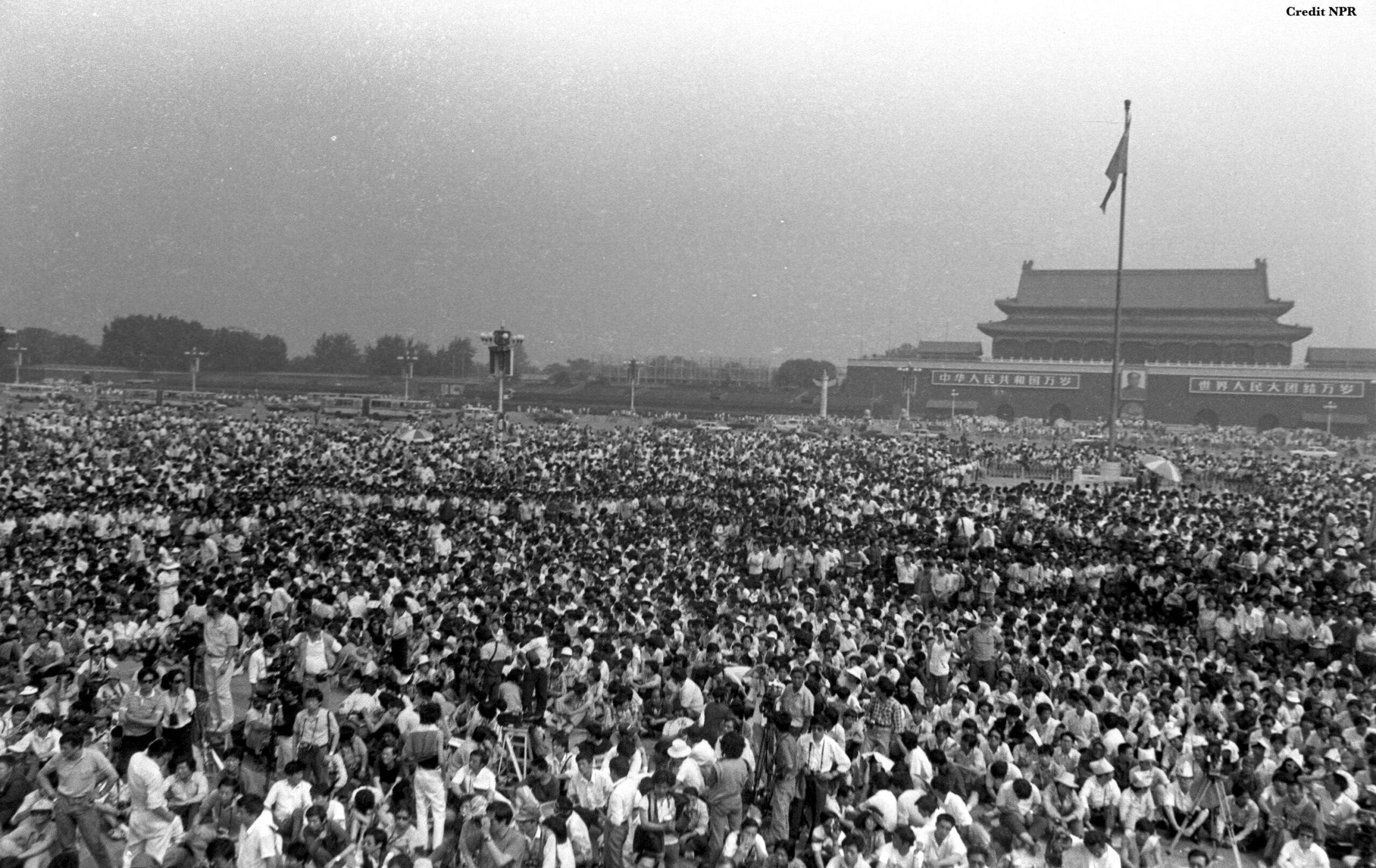Cheran Chozhan Pandiyan


 You may have heard of the Taj Mahal, the Red Fort, and of India’s capital city of Delhi, or of the striking beauty of the Himalayas or of Jammu and Kashmir. But few outside of South India have studied the Three Crowned Kings: Cheran, Chozhan, and Pandiyan. These, often called the Three Ancient Tamil Empires, or the Three Chosen by Heaven. Rather than being individual kings, these three ancient dynasties ruled all of South India, from sea to sea, representing a time in Tamil history of “integration and political unity.” Pictured here are unknown kings from the Chozhan (red tiger flag) and Pandiyan (green fish flag) regimes. Most is known about the Chozhan kingdom.
You may have heard of the Taj Mahal, the Red Fort, and of India’s capital city of Delhi, or of the striking beauty of the Himalayas or of Jammu and Kashmir. But few outside of South India have studied the Three Crowned Kings: Cheran, Chozhan, and Pandiyan. These, often called the Three Ancient Tamil Empires, or the Three Chosen by Heaven. Rather than being individual kings, these three ancient dynasties ruled all of South India, from sea to sea, representing a time in Tamil history of “integration and political unity.” Pictured here are unknown kings from the Chozhan (red tiger flag) and Pandiyan (green fish flag) regimes. Most is known about the Chozhan kingdom.
Cheran Chozhan Pandiyan ruled a swath of land known as Tamilakam.
The Chozhan Empire (also spelled Cholan) had a powerful navy, which allowed the first recorded king, Karikalan Chozhan, to travel and fight in places as far as Ceylon, or Sri Lanka. From the year 3 C.E. to about 8 C.E., the reign of the Pallavas, yet another dynasty of kings, waylaid Chozhan rule. In the 8th century C.E., Vijalalayan Chozhan and his son Aditya Chozhan freed their people from Pallavar rule, beginning the full sovereignty of Chozhan history.
Aditya Chozhan established the Chozhan kingdom as an independent people and from him the systematic history of the Chozhans can be traced. His son, Parantakan Chozhan I, was a brilliant military strategist and renowned soldier. His conquest of the Pandiyan kingdom and its capital Madurai, as well as his invasion of Ceylon. It is said that Parantakan Chozhan I was the founder of “the power and greatness of the Chozhan house.” Unfortunately, despite his efforts, a weak succession of kings after him left the kingdom in turmoil. After some years, it was
Rajaraja Chozhan’s ascension to the throne that brought peace and prosperity back  to the Chozhans. Rajaraja Chozhan was unquestionably the greatest of the Chozhan kings. He defeated the Cheran and the Pandiyan kingdoms, and, with the aid of a powerful navy, conquered kingdoms as far apart as Singapore, Thailand, Myanmar, and Malaysia. Tuticorin, or Thoothukudi, was established as the port of Chozhans.
to the Chozhans. Rajaraja Chozhan was unquestionably the greatest of the Chozhan kings. He defeated the Cheran and the Pandiyan kingdoms, and, with the aid of a powerful navy, conquered kingdoms as far apart as Singapore, Thailand, Myanmar, and Malaysia. Tuticorin, or Thoothukudi, was established as the port of Chozhans.
But in addition to being a soldier and conqueror, Rajaraja Chozhan was a renowned patron of the arts. He built a stunningly beautiful stone temple of the god Shiva in Tanjore (or Thanjavur), which stands just as beautiful today. In addition, he was tolerant of other religions beside Hinduism, donating liberally to the Burmese Buddhist temple. For a time, the power of the Chozhans continued to grow. Rajaraja Chozhan’s son, Rajenthira Chozhan, proved himself to be a worthy successor to the throne. As a prince, he had assisted his father with the administration of his kingdom, and upon ascending the throne, continued to uphold and expand the empire. Much more can be said about the Chozhan regime.
The Pandiyans established their kingdom as a center of trade and sovereignty, sending embassies twice to the Roman Emperor Augustus. Marco Polo visited the Pandiyans twice, reporting the capital Kayal to be a bustling port and a beautiful city. The Cherans were also powerful maritime conquerors and warriors. The illustrious history of these kingdoms alone is a source of pride to Tamil Nadu and the Deccan still🪷









